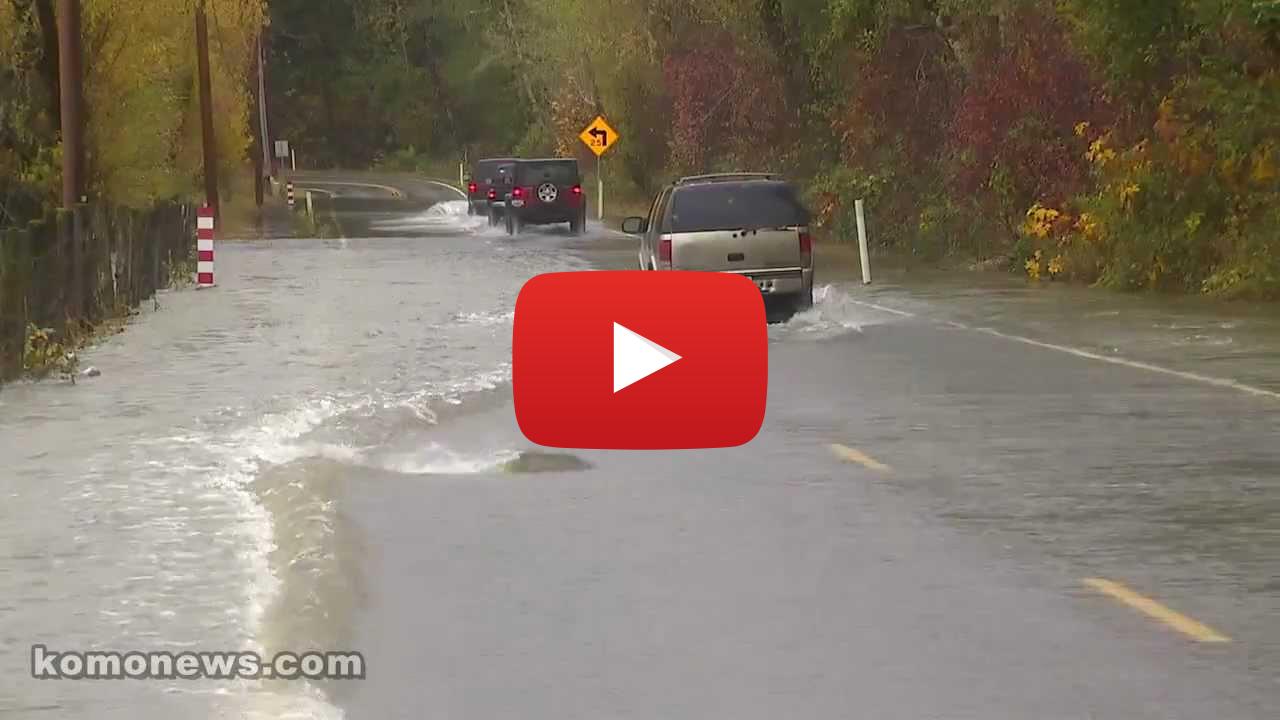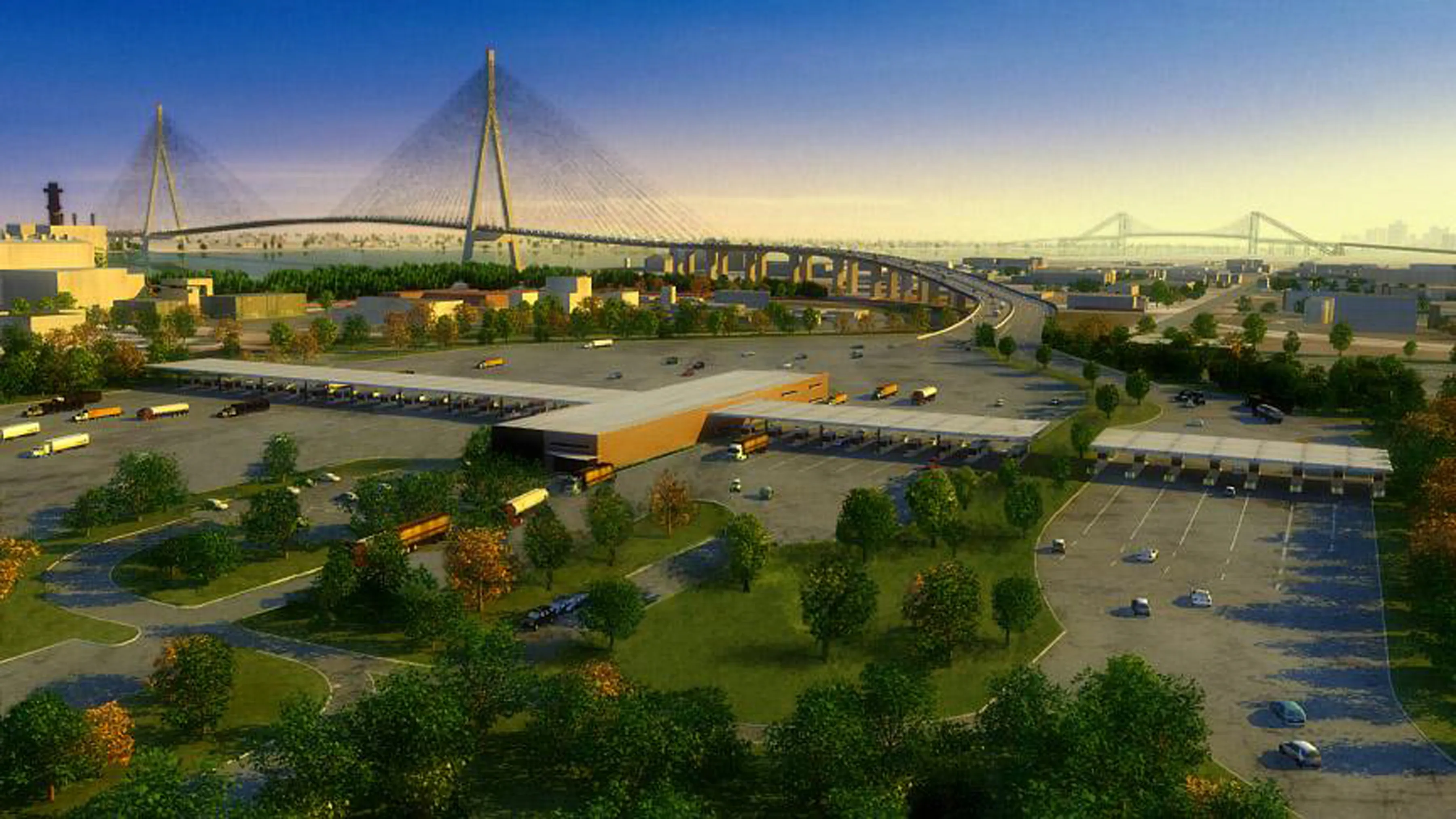Demolition has started on downtown Seattle’s old Alaskan Way Viaduct as part of a major waterfront redevelopment project that included the State Route 99 tunnel.
According to Seattle media, Washington state is aiming to collect US$200 million in tolls from the 3.2km tunnel – which is now open - as part of the $3.3 billion replacement of the Alaskan Way Viaduct. However, tolling on the double-deck tunnel which has two lanes in each direction, plus an eight-foot safety shoulder, will not start until this summer.
Demolition of the viaduct will take around six months, according to the contractor Kiewit Infrastructure West. Once the viaduct is removed, work on a new Alaskan Way surface street will start the is expected to breath new economic life into the downtown core.
All the areas businesses including its well-known Pike Place Market and Pioneer Square will remain open.
In addition to viaduct demolition, Kiewit’s contract includes work to decommission and seal the Battery Street Tunnel. They will also reconnect John and Thomas streets across Aurora Avenue North, just north of the Battery Street Tunnel. Those streets have been closed to east-west crossings for more than 60 years. This work will involve lane reductions and closures near the new SR 99 tunnel’s north portal.
%$Linker:
Demolition of Seattle’s Alaskan Way Viaduct has started
Demolition has started on downtown Seattle’s old Alaskan Way Viaduct as part of a major waterfront redevelopment project that included the State Route 99 tunnel.
According to Seattle media, Washington state is aiming to collect US$200 million in tolls from the 3.2km tunnel – which is now open - as part of the $3.3 billion replacement of the Alaskan Way Viaduct. However, tolling on the double-deck tunnel which has two lanes in each direction, plus an eight-foot safety shoulder, will not start until this s
February 28, 2019
Read time: 2 mins








